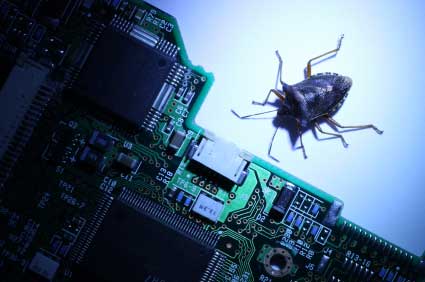Global Attack on WordPress Sites

As I write this post, there is an on going and highly distributed, global attack on wordpress installations to crack open admin accounts and inject various malicious scripts.
To give you a little history, we recently heard from a major provider about a massive attack on US financial institutions originating from their servers.
After performing a detailed analysis of the attack pattern, they found out that most of the attack were originating from CMSs (mostly wordpress). Further analysis revealed that the admin accounts had been compromised (in one form or the other) and malicious scripts were uploaded into the directories.
Today, this attack is happening at a global level and wordpress instances across hosting providers are being targeted. Since the attack is highly distributed in nature (most of the IP’s used are spoofed), it is making it difficult for us to block all malicious data.
To ensure that your websites are secure and safeguarded from this attack, we recommend the following steps:
- Update and upgrade your wordpress installation and all installed plugins
- Install the security plugin listed here
- Ensure that your admin password is secure and preferably randomly generated
- Other ways of Hardening a WordPress installation are shared at http://codex.wordpress.org/Hardening_WordPress
These additional steps can be taken to further secure wordpress websites:
- Disable DROP command for the DB_USER .This is never commonly needed for any purpose in a wordpress setup
- Remove README and license files (important) since this exposes version information
- Move wp-config.php to one directory level up, and change its permission to 400
- Prevent world reading of the htaccess file
- Restrict access to wp-admin only to specific IPs
- A few more plugins – wp-security-scan, wordpress-firewall, ms-user-management, wp-maintenance-mode, ultimate-security-scanner, wordfence, http://wordpress.org/extend/plugins/better-wp-security/. These may help in several occasions
Also, we recommend using Cloudflare, which is available free with all our cPanel accounts, to
prevent the attack from affecting the functionality of your site.